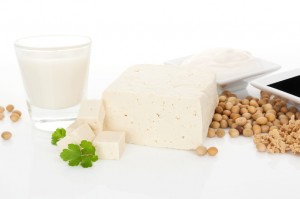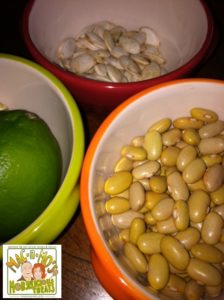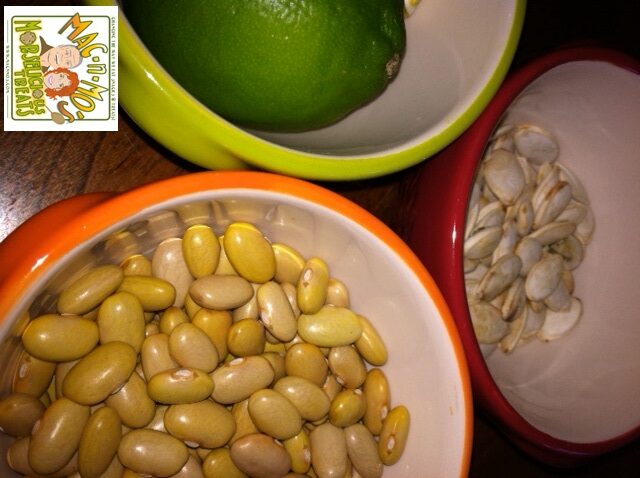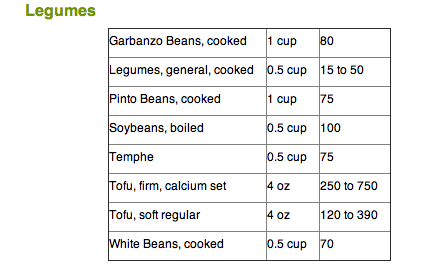A triple bean benefit!! Legumes can fit into your vegetable, protein and even calcium group
Happy MORSELICIOUS NUTSO-SWEET Monday!
Enjoy a sneak peek at my MORSELFIED Thanksgiving Recipes & please subscribe to my new youtube channel for mo’ #MORSELICIOUS recipes, rhymes & raps. 🙂
It is beneficial to include legumes in your diet. Why? Because this plant food is not only a vegetable but also a protein. Legumes are a good source of B vitamins (including folate), zinc, calcium and magnesium. And they are a good source of dietary fiber (See fiber content in selected legumes). Some legumes (such as soybeans) have a significant amount of calcium which makes them a good fit for your dairy group if you do not consume milk or other animal-based dairy products.

Here is the Calcium Content of selected legumes and legume-based foods:
Source: http://www.ucsfhealth.org
MMMmmm Good for You!
Check out some of these yummy dishes:
Legumes are good for your heart, are satisfying and a tasty alternative to other proteins. These plant proteins include beans, peas and lentils. Combined with rice — a tradition in many cultures, including Spanish, Asian and Mediterranean – it becomes a complete protein. Consider a common Latin American dish: ”beans & rice” (black beans, pinto beans and kidney beans work well). Discover Vietnamese mung beans and rice – Here’s a gorgeous recipe from one of my favorite blogs, NutritiontoKitchen. And try this delicious Indian dish: yellow lentils and basmati rice. If you aren’t familiar with the wide variety of legumes, here’s a colorful and healthful listing:

- Black Beans
- Kidney Beans
- Garbanzo Beans (Chickpeas)
- Peas
- Soybeans
- Lima Beans
- Lentils (red, yellow and brown)
- Mung Beans
- Pinto Beans
- White Beans
Bean Tips
If you are concerned about gas and/or bloating, be sure to soak your beans, peas and lentils. This will help by reducing phytate content, breaking down soluble fibers and reducing the sugars (raffinose) — all of which contribute to gas. For more info on soaking beans to reduce gas, visit our Happy FFF ANS Nutso-Sweet post, bottom half of the posting:
“….Try this first: To reduce phytate content, help break down soluble fibers and reduce effects of raffinose,
it has been suggested to soak beans in salt water for at least 4 hours, rinse thoroughly,heat in non-salted water, rinse again until clear, discard water, and, finally boil in fresh water.This may help prevent or lessen intestinal gasses by reducing raffinose oligosaccharides (sugars)and activating phytase enzymes present in the beans to transform phytic acid (phytates)and reduce binding which prevents certain mineral absorption and causes gas discomfort….”Reminder:MORSELICIOUS holiday order deadline is December 10th, 2013. Please accept my holiday coupon code “TENMO” for 10% off your entire MORSELICIOUS order! Thanks & happy Morselicious Nutso-Sweet Monday!


